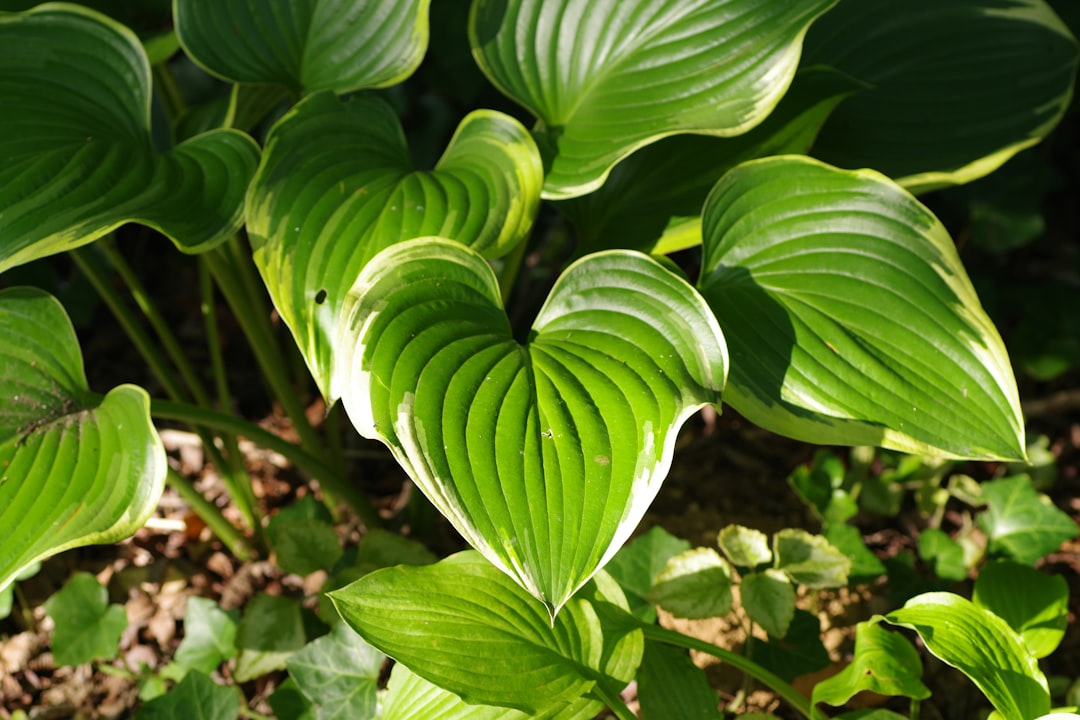The Mysterious World of Trifoliate Orange Growth

Trifoliate orange, a unique plant in the realm of gardening, holds many secrets for those looking to cultivate it. In this article, we will delve into the essential aspects of growing trifoliate orange, from the best time to harvest its sour and juicy fruits to understanding its invasive nature in certain areas.
### Understanding Trifoliate Orange
Trifoliate orange, scientifically known as Poncirus trifoliata, is a deciduous shrub or small tree. It is native to northern China and Korea. One of its distinct features is its trifoliate leaves, which give it its common name. The plant is also known for its large, fragrant white flowers that bloom in the spring, followed by the development of small, round fruits.
### Planting Trifoliate Orange
When it comes to planting trifoliate orange, it is important to choose the right location. This plant thrives in full sun but can tolerate partial shade. It prefers well - drained soil with a slightly acidic to neutral pH. You can start trifoliate orange from seeds or purchase young plants from a nursery. If starting from seeds, soak them in warm water for 24 hours before planting to improve germination rates. Plant the seeds about 1/2 inch deep in a seed - starting mix and keep the soil moist until the seeds germinate, which usually takes about 2 - 3 weeks.
### Caring for Trifoliate Orange
Once the trifoliate orange is established, it requires relatively low maintenance. Water the plant regularly, especially during dry spells, but avoid over - watering as it can lead to root rot. Fertilize the plant in the spring with a balanced fertilizer to promote healthy growth. Pruning is also an important part of caring for trifoliate orange. Prune the plant in the late winter or early spring to remove dead or damaged branches and to shape the plant. This will help improve air circulation and sunlight penetration, which are essential for the plant's health.
### Harvesting Trifoliate Orange Fruits
The fruits of trifoliate orange are sour and juicy. They are typically ready for harvest in the fall, usually around October or November. The fruits turn a bright orange color when they are ripe. You can harvest the fruits by gently pulling them from the branches. Although the fruits are sour, they can be used in a variety of ways. They can be made into jams, jellies, or used as a flavoring in cocktails. Some people also use the fruits for medicinal purposes, as they are rich in vitamin C and other antioxidants.
### Invasive Nature of Trifoliate Orange
While trifoliate orange can be a beautiful addition to a garden, it is important to be aware of its invasive nature in some areas. In the United States, particularly in the southeastern states, trifoliate orange has been known to spread aggressively and outcompete native plants. It can form dense thickets that can disrupt natural ecosystems. If you live in an area where trifoliate orange is considered invasive, it is important to take precautions to prevent its spread. This may include regular monitoring of the plant, removing any seedlings that appear outside of the desired area, and not planting it in natural areas or near protected habitats.
### Conclusion
Trifoliate orange is a fascinating plant with many unique characteristics. By understanding how to grow, care for, and harvest it, as well as being aware of its invasive potential, you can enjoy the beauty and benefits of this plant in your garden. Whether you are a seasoned gardener or just starting out, growing trifoliate orange can be a rewarding experience. Just remember to do your research and take the necessary steps to ensure that you are growing it responsibly.